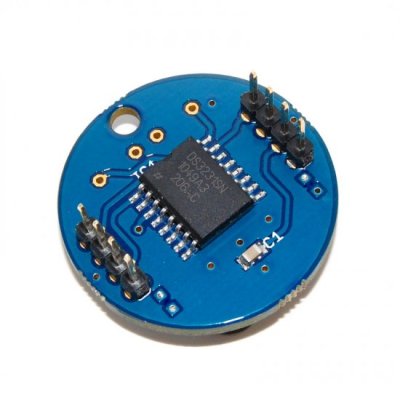A lot of microcontroller projects out there need some sense of wall-clock time. Whether you’re making (yet another) crazy clock, logging data, or just counting down the time left for your tea to steep, having access to human time is key.
The simplest solution is to grab a real-time-clock (RTC) IC or module. And there’s good reason to do so, because keeping accurate time over long periods is very hard. One second per day is 1/86,400 or around eleven and a half parts per million (ppm), and it’s tricky to beat twenty ppm without serious engineering.

Good RTC ICs like Maxim’s DS3231, used in the Chronodot, can do that. They use temperature correction logic and a crystal oscillator to get as accurate as five parts per million, or under half a second per day. They even have internal calendar functions, taking care of leap years and the day of the week and so on. The downside is the cost: temperature-compensated RTCs cost around $10 in single quantity, which can break the budget for some simple hacks or installations where multiple modules are needed. But there is a very suitable alternative.
What we’re looking for is a middle way: a wall-time solution for a microcontroller project that won’t break the bank (free would be ideal) but that performs pretty well over long periods of time under mellow environmental conditions. The kind of thing you’d use for a clock in your office. We’ll first look at the “obvious” contender, a plain-crystal oscillator solution, and then move on to something experimental and touchy, but free and essentially perfectly accurate over the long term: using power-line frequency as a standard.
Continue reading “Embed With Elliot: We Don’t Need No Stinkin’ RTCs”











